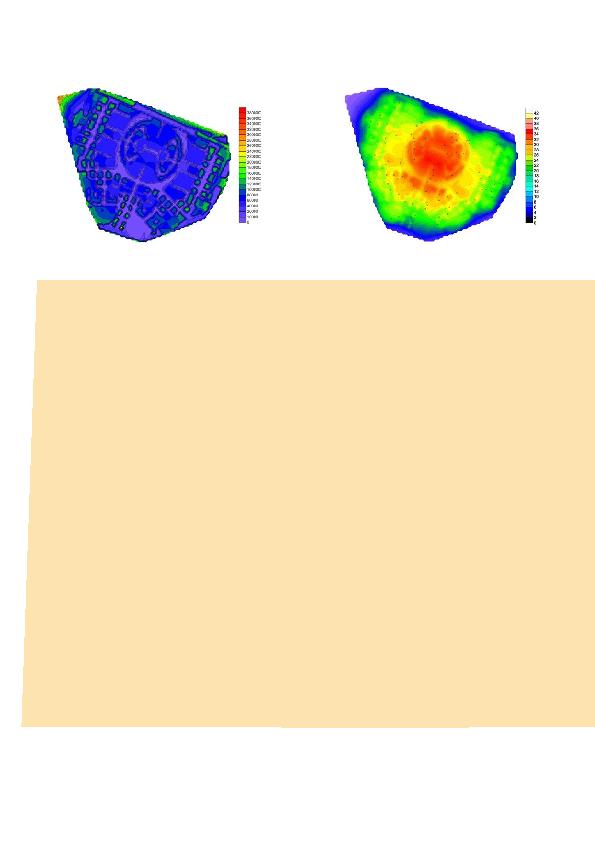
response, which is commonly modelled according to the
modulus of subgrade reaction k. A unified value of subgrade
reaction may allow a mat design to be completed. However,
the use of a uniform coefficient of subgrade reaction to analyze
and design mat foundations is an oversimplification of the soil
response and can lead to wrong designs.
subgrade response
Institute's (ACI) Special Publication SP152. It allows the structural-
geotechnical team to properly consider the mat subgrade
response using subgrade reaction theory and the principles
of soil mechanics.
need to work together. Both specialists need to cooperate on mat
foundation design, from early planning through construction.
selects a subgrade model using the principles of soil mechanics.
Then, the values of the coefficients of subgrade reaction
are calculated based on applied contact pressures.
locations in the mat is determined by an iterative analysis.
This analysis is conducted in four steps, as follows:
best estimate of the modulus of subgrade reaction k.
In the first analysis, a uniform value of k is used over
the entire mat footprint.
A new modulus of subgrade reaction is computed at each node.
analysis and a new pressure distribution is obtained.
A new k value is calculated at each node.
This happens when the displacements predicted by the structural
engineer's finite element analysis match the settlements
predicted by the geotechnical engineer. Around two repetitions
of the procedure are normally required for convergence to occur.